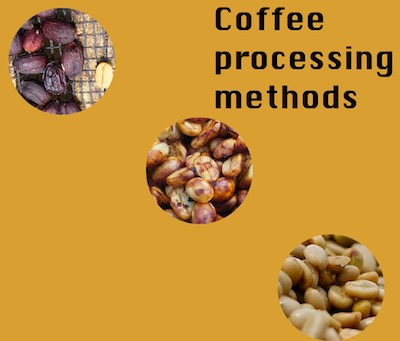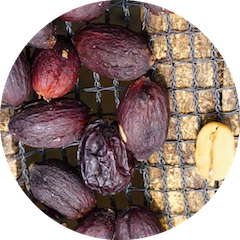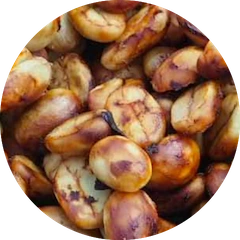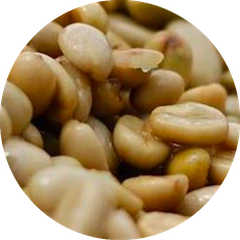25 April 2019

What is coffee processing?
Coffee processing, also called “post-harvest processing” is the process of turning coffee cherries into coffee beans.
Want to taste the difference?
Bukidnon Typica [Natural・Honey・Washed] tasting set
Coffee cherries are the fruit of the coffee trees.
Okay, so what does it happen during the process? First, the coffee cherries are harvested, aka, picked from the tress. This is a labor-intensive step, as pickers only harvest the ripe cherries. Ripe cherries have higher contents of sugar, which contributes to tastier brewed coffee.
There are 3 main methods to process the coffee, we are leaving the experimental processes for another occasion.
also called dry is likely the oldest one. The whole cherries with their seeds inside, i.e., the beans, are let to dry on patios, which is common in Latin America; or on beds made of bamboo or mesh, which is more common in Asia and Africa.

the skin and pulp are partially removed from the cherries before putting them to dry. The honey name comes from the partially removed flesh that remains on the beans, it is sticky as honey. The profile of honey processed coffees is usually something in between natural and washed. Keep reading.

the flesh is removed from the cherries, then the beans are fermented in water and rinsed before being dried. Usually washed coffees produce clean and bright cups. Floral and citrusy notes and hints of fruits are common in washed coffees.

There is no obvious answer, and as in other aspects of coffee, it depends on your preference.
Any of these 3 methods can produce delicious coffees, each of them comes with advantages and challenges. Which method is chosen depends on the preference of the producer, the climate of the area, the preferences of the customers, and other factors. For example, honey coffees are popular in Central America but are rare in Africa.
In the past it was believed that natural coffees tasted dirty while washed coffees were clean. However, there is data [1] showing that natural processed coffees can be clean and delicious when processed carefully.
Just want to try them all or enjoy a different experience each time? Check our sets with coffees processed in different ways and find your favorite.